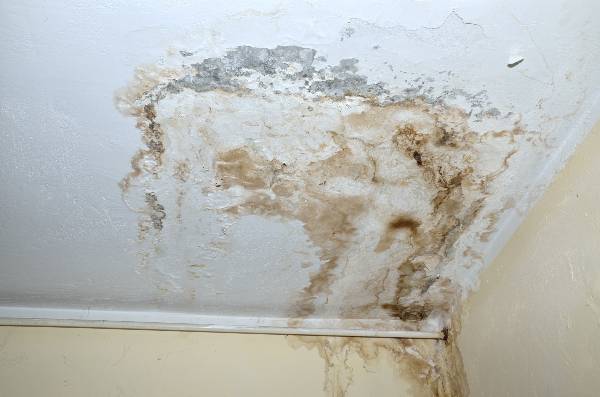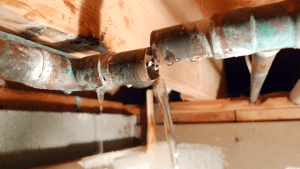Exactly how to Examine If Your Residence Has a Hidden Leak
Exactly how to Examine If Your Residence Has a Hidden Leak
Blog Article
Are you currently hunting for information concerning Detecting hidden plumbing leaks?

Early detection of leaking water lines can minimize a prospective disaster. Aside from saving you money, it will certainly decrease the worry as well as aggravation. The minute you discover a leakage, calling your plumber for repairs is the best remedy. Nonetheless, some small water leaks may not show up. Right here are some hacks that aid if you can not identify it with your nude eyes.
1. Take A Look At the Water Meter
Every home has a water meter. Checking it is a guaranteed way that aids you find leaks. For beginners, shut off all the water sources. Guarantee no person will purge, make use of the tap, shower, run the washing machine or dishwashing machine. From there, most likely to the meter and also watch if it will change. Because no one is using it, there need to be no movements. If it relocates, that shows a fast-moving leak. If you identify no changes, wait a hr or 2 as well as check back once again. This indicates you may have a slow-moving leakage that might also be below ground.
2. Check Water Intake
If you spot abrupt changes, despite your consumption being the same, it suggests that you have leakages in your plumbing system. A sudden spike in your costs shows a fast-moving leakage.
At the same time, a steady rise each month, despite the same habits, shows you have a slow-moving leakage that's likewise gradually intensifying. Call a plumber to extensively check your building, particularly if you feel a warm area on your floor with piping underneath.
3. Do a Food Coloring Examination
30% comes from commodes when it comes to water usage. Examination to see if they are running correctly. Decrease specks of food shade in the container and wait 10 minutes. There's a leakage between the tank and also dish if the color somehow infiltrates your dish throughout that time without flushing.
4. Asses Outside Lines
Do not forget to inspect your outdoor water lines as well. Should water permeate out of the link, you have a loose rubber gasket. One little leakage can lose tons of water as well as spike your water bill.
5. Assess the circumstance and evaluate
Homeowners need to make it a routine to examine under the sink counters and also even inside cupboards for any kind of bad odor or mold and mildew growth. These 2 red flags indicate a leak so prompt focus is needed. Doing regular inspections, even bi-annually, can save you from a significant issue.
Check for stainings and weakening as a lot of pipes as well as appliances have a life span. If you believe leaking water lines in your plumbing system, do not wait for it to intensify.
Early detection of dripping water lines can reduce a possible disaster. Some little water leaks may not be noticeable. Checking it is a surefire method that helps you discover leaks. One little leak can squander tons of water as well as spike your water expense.
If you presume dripping water lines in your plumbing system, do not wait for it to rise.
WARNING SIGNS OF WATER LEAKAGE BEHIND THE WALL
PERSISTENT MUSTY ODORS
As water slowly drips from a leaky pipe inside the wall, flooring and sheetrock stay damp and develop an odor similar to wet cardboard. It generates a musty smell that can help you find hidden leaks.
MOLD IN UNUSUAL AREAS
Mold usually grows in wet areas like kitchens, baths and laundry rooms. If you spot the stuff on walls or baseboards in other rooms of the house, it’s a good indicator of undetected water leaks.
STAINS THAT GROW
When mold thrives around a leaky pipe, it sometimes takes hold on the inside surface of the affected wall. A growing stain on otherwise clean sheetrock is often your sign of a hidden plumbing problem.
PEELING OR BUBBLING WALLPAPER / PAINT
This clue is easy to miss in rooms that don’t get much use. When you see wallpaper separating along seams or paint bubbling or flaking off the wall, blame sheetrock that stays wet because of an undetected leak.
BUCKLED CEILINGS AND STAINED FLOORS
If ceilings or floors in bathrooms, kitchens or laundry areas develop structural problems, don’t rule out constant damp inside the walls. Wet sheetrock can affect adjacent framing, flooring and ceilings.
https://www.servicemasterbyzaba.com/blog/how-to-detect-water-leakage-in-walls/

I discovered that write up about Locating water leaks while doing a search on the web. Be sure to take the time to share this post if you liked it. I praise you for your time. Please pay a visit to our website back soon.
Report this page